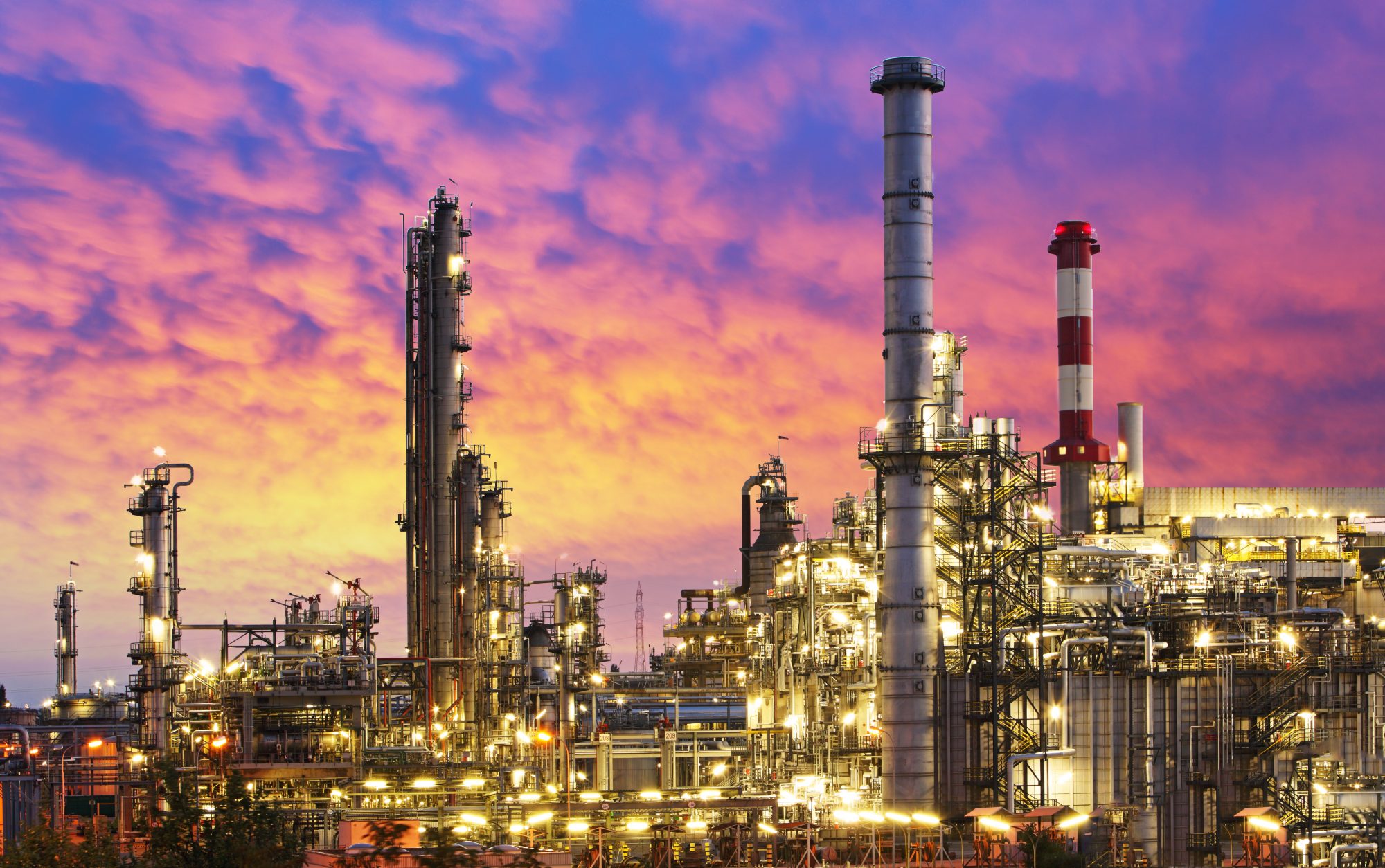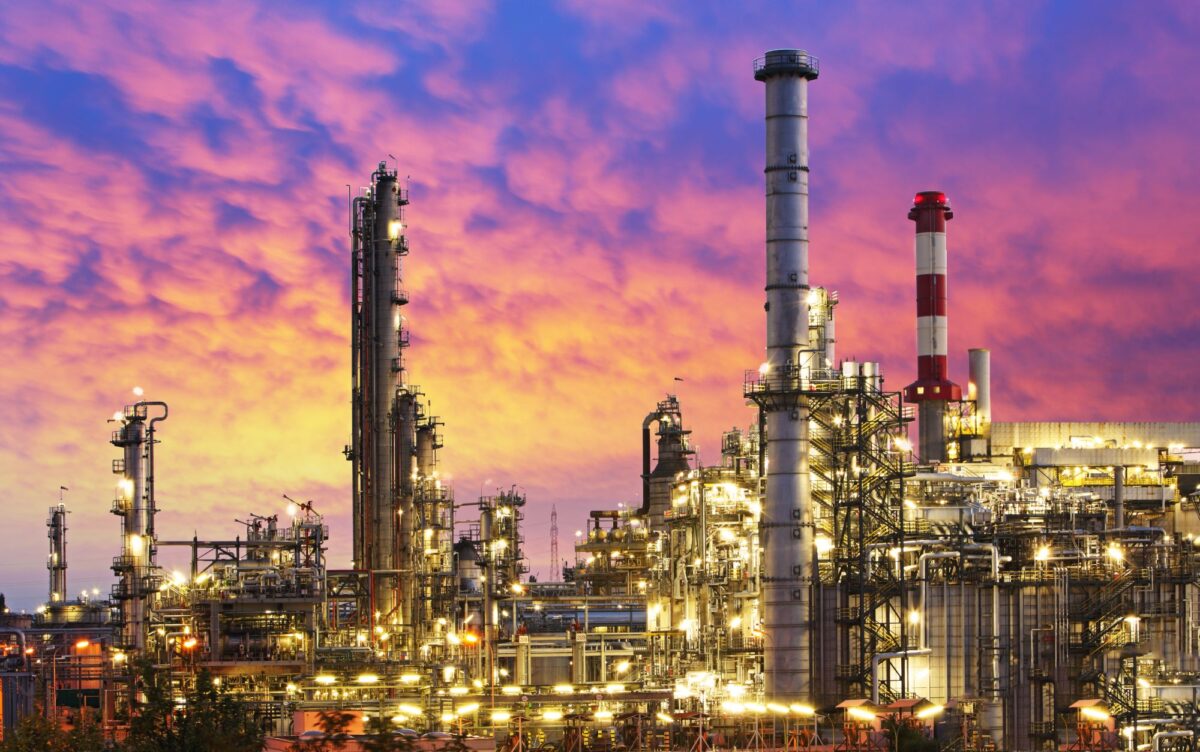Introduction
Laser scanning services in Gujarat are on their way to becoming one of the most powerful, useful, and affordable solutions in oil refinery projects; impacting a wide array of industries. Following a similar path to that of computing, laser scanning for piping technology is simply becoming easier, affordable and easier to use.
Initially used mostly by surveyors, 3d laser scanning services near me have become very important to a growing number of sectors, specifically the oil & gas industry. However, technology changes, trends come & go, how laser scanning for the piping industry is used, and its benefits will also evolve drastically.
Current trends in Laser scanning services in Gujarat
- LiDAR Expansion
LiDAR (Light Detection and Ranging) is the dominant technology behind most laser scanning services in Gujarat. It works by shooting out strong laser pulses towards the object and collecting the signals that backscatter. These scanners are the current mainstream and use a range of spectral wavelengths to collect information or data.
- Simultaneous Localisation and Mapping
SLAM or simultaneous localisation & mapping is the algorithmic process of constructing a map of an unknown environment while simultaneously exploring that environment using the map. It’s a tricky issue to solve, but is one that is judicious to the advanced autonomous robotics, and promises to make mobile scanning easier and simple.
SLAM scanners can implement a range of different sensors, including acoustic rangefinders, visual cameras and inertial sensors. But LiDAR and laser scanners are vital components of generating the most precise SLAM scans & will see increased usage and deployment in the future.
- Drones
Unmanned aerial systems (UASs) are becoming increasingly important in scanning inside and outside an oil refinery. The scanning is done using SLAM scanners and traditional GPS-enhanced LiDAR and LiDAR.
Mapping & surveying drones are easy-to-deploy tools for aerial views. Currently, some factors limit drone usage considering the development of regulations in many countries and operation time. At their peak, drones contribute to the construction of valuable 3D image data that is required in various oil refinery projects, scientific tasks, and urban planning. Longer operational times for drones are being delivered by improved avionic systems and battery life. Laser scanning for piping has been a boon to the oil refineries as they have complex structures that may not be accessible to humans all the time.
- Spread of point cloud data
Data availability, density, accuracy, and the size of 3D point clouds are predicted to grow rapidly in the next few years. The increasing application and volume of point clouds will lead to an upsurge in the need to manage data in Cloud; cloud-based managing of data and direct field uploads of point cloud data to cloud platforms will likely soon become the norm.
- Multimodal scans
More & more, scanning and visual data are being mutated to offer a more complete picture. SLAM data can be used in combination with static laser scanners to quickly acquire total scene exposure while focusing on details that matter. This can also be done by converging UAV-based airborne sensors with terrestrial datasets.
Conclusion
The trends in applications for laser scanners in oil refinery projects have already started. Driven by compact and affordable scanners, armed with upgrades in point cloud registration, laser scanning technology is becoming integral to many oil refinery projects and will continue to be so. Laser scanning services in Gujarat have also been keeping up with the trends in the industry.


